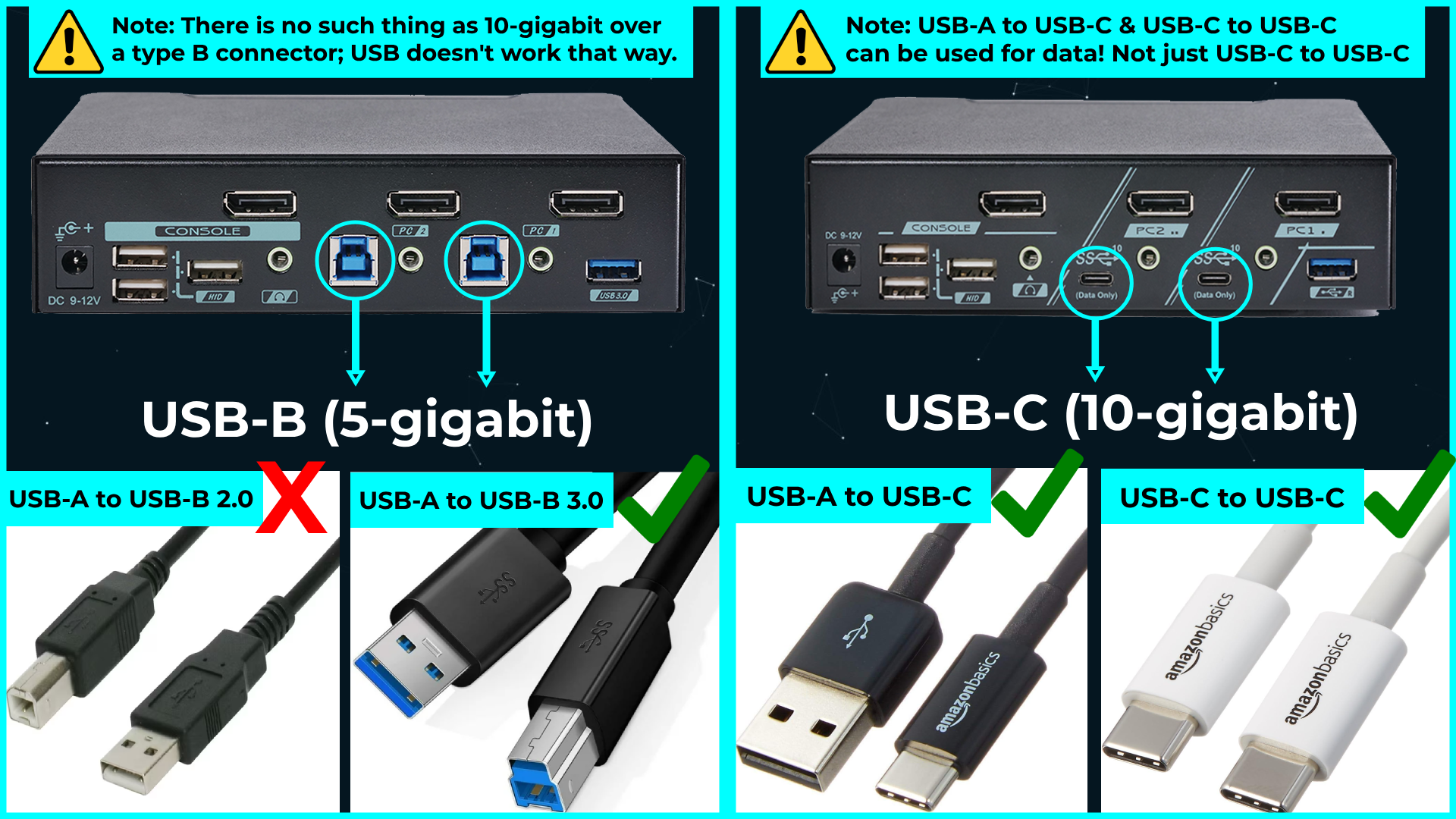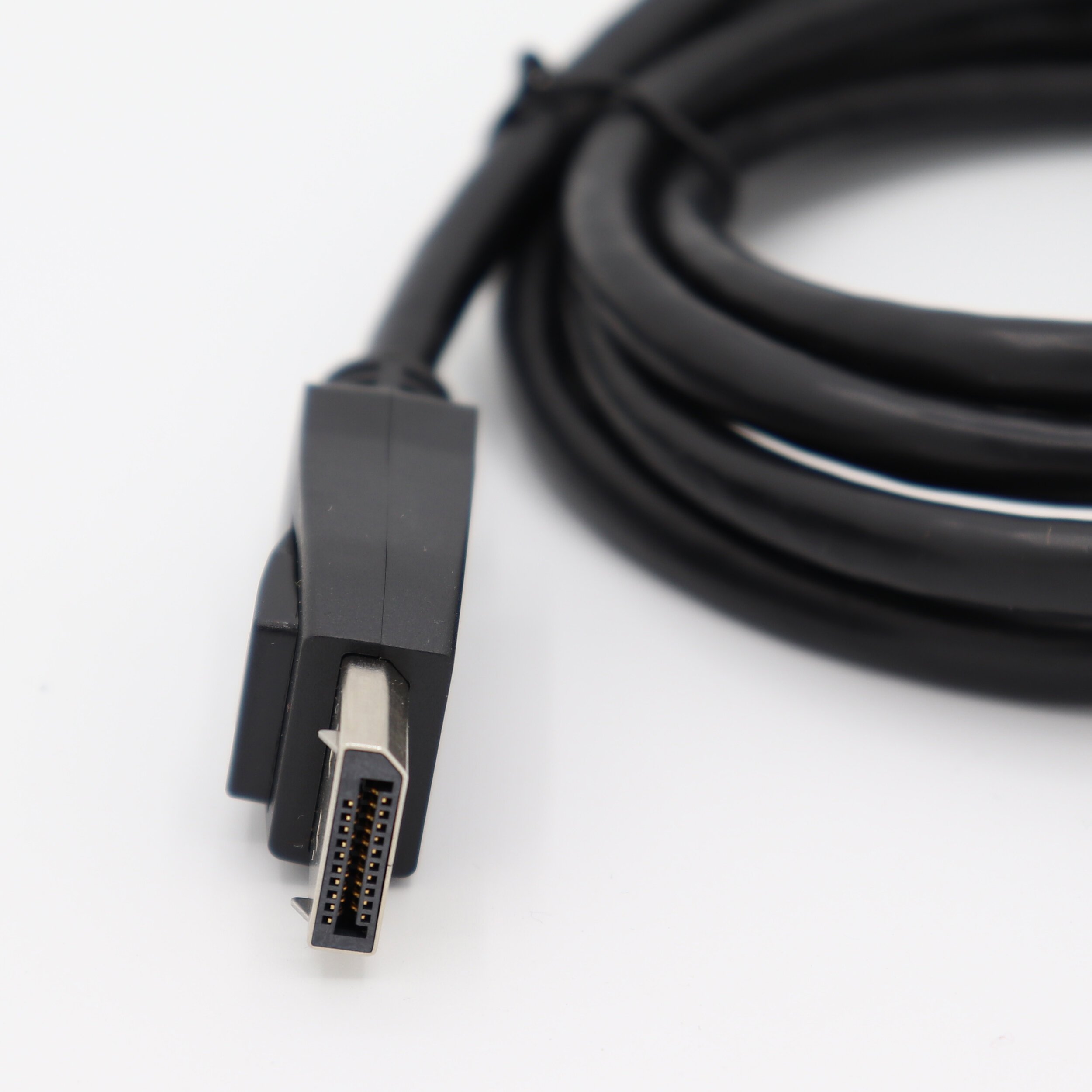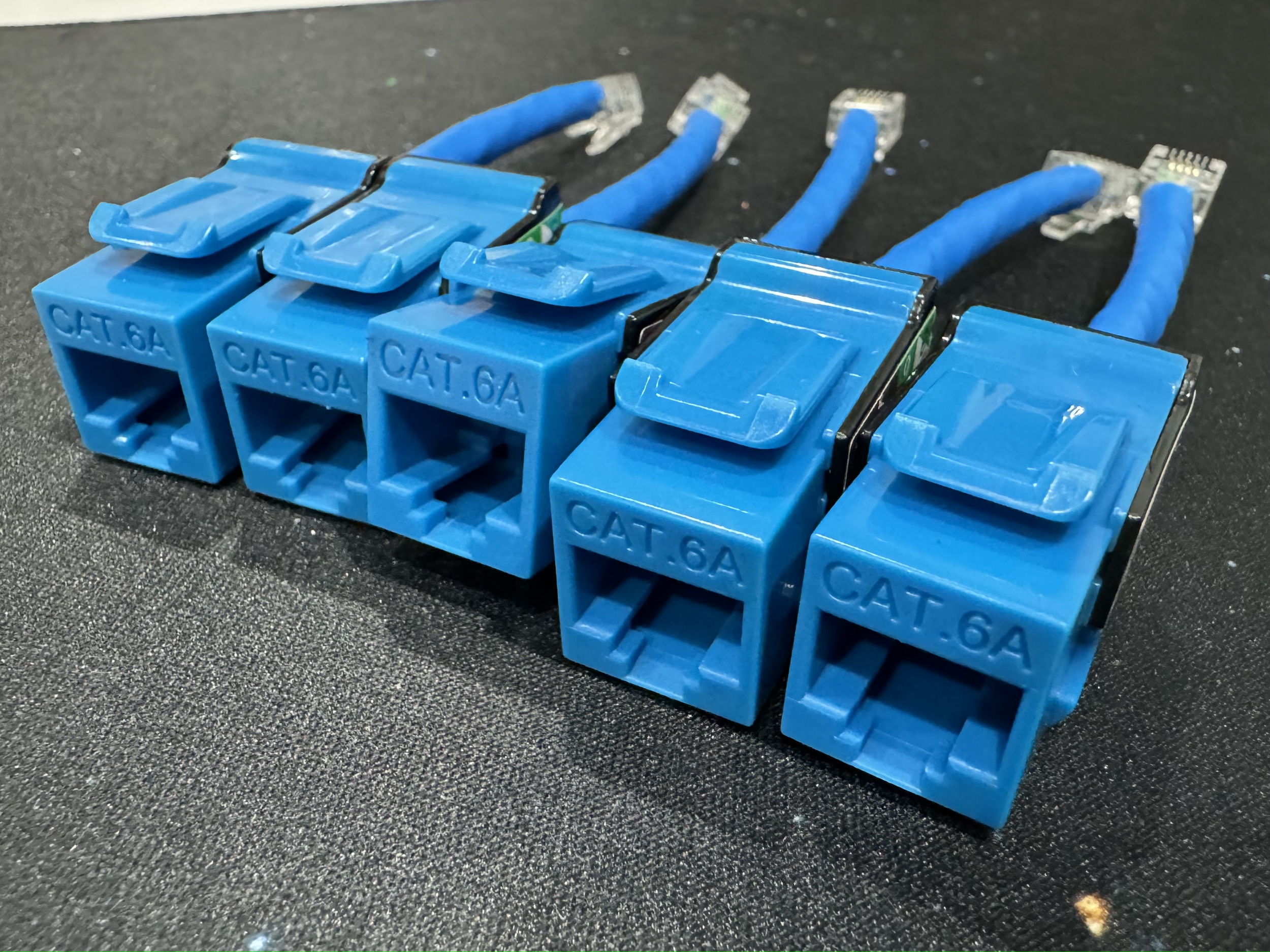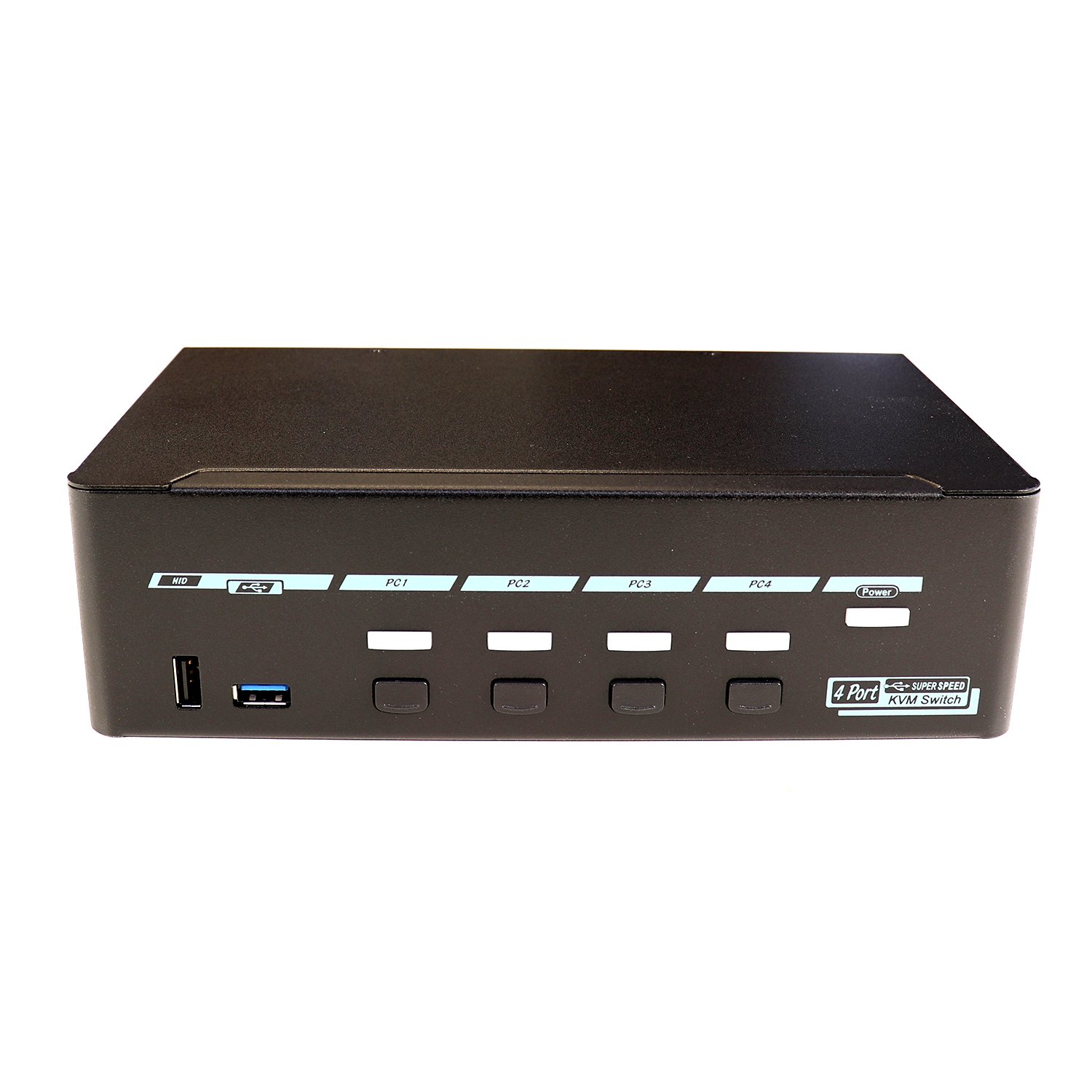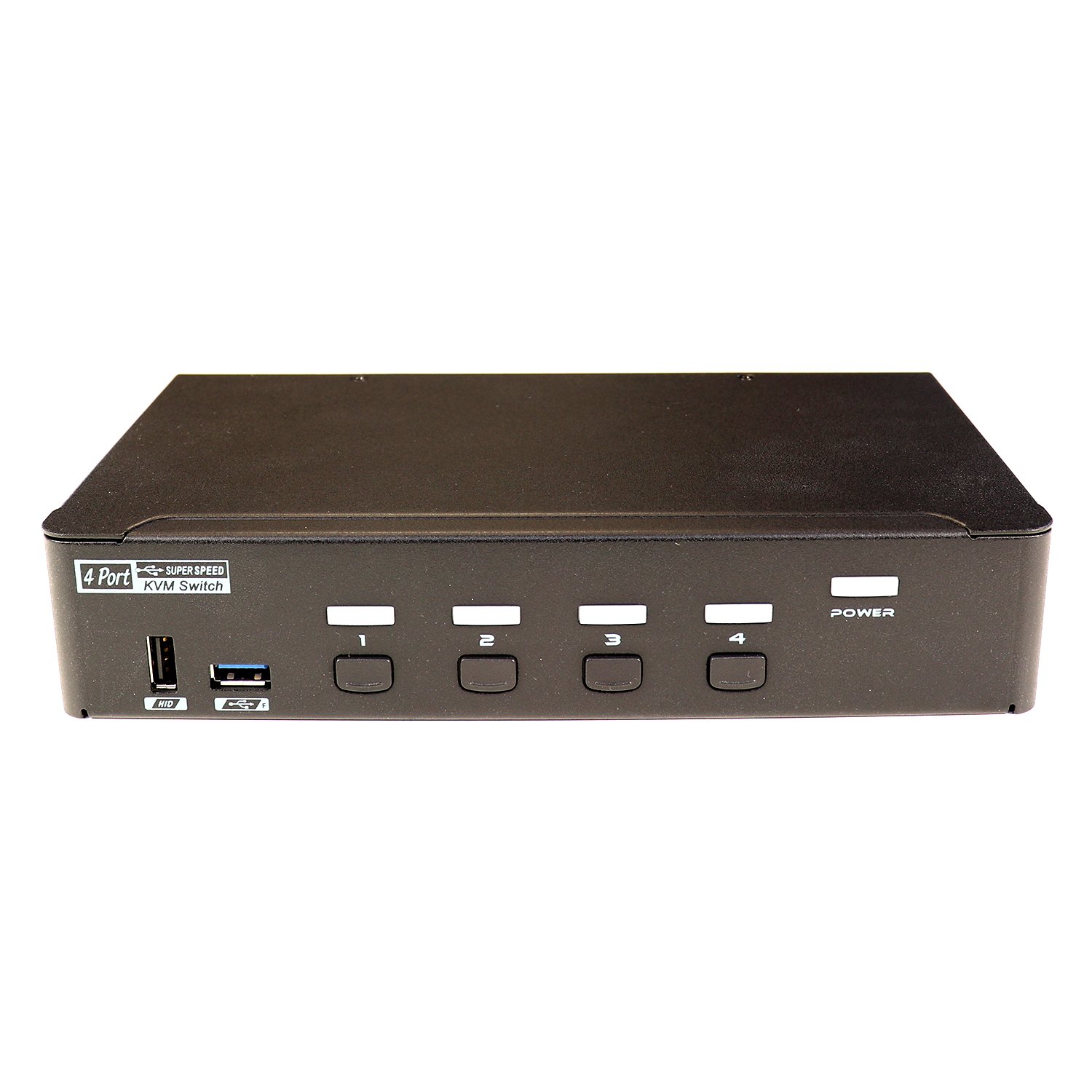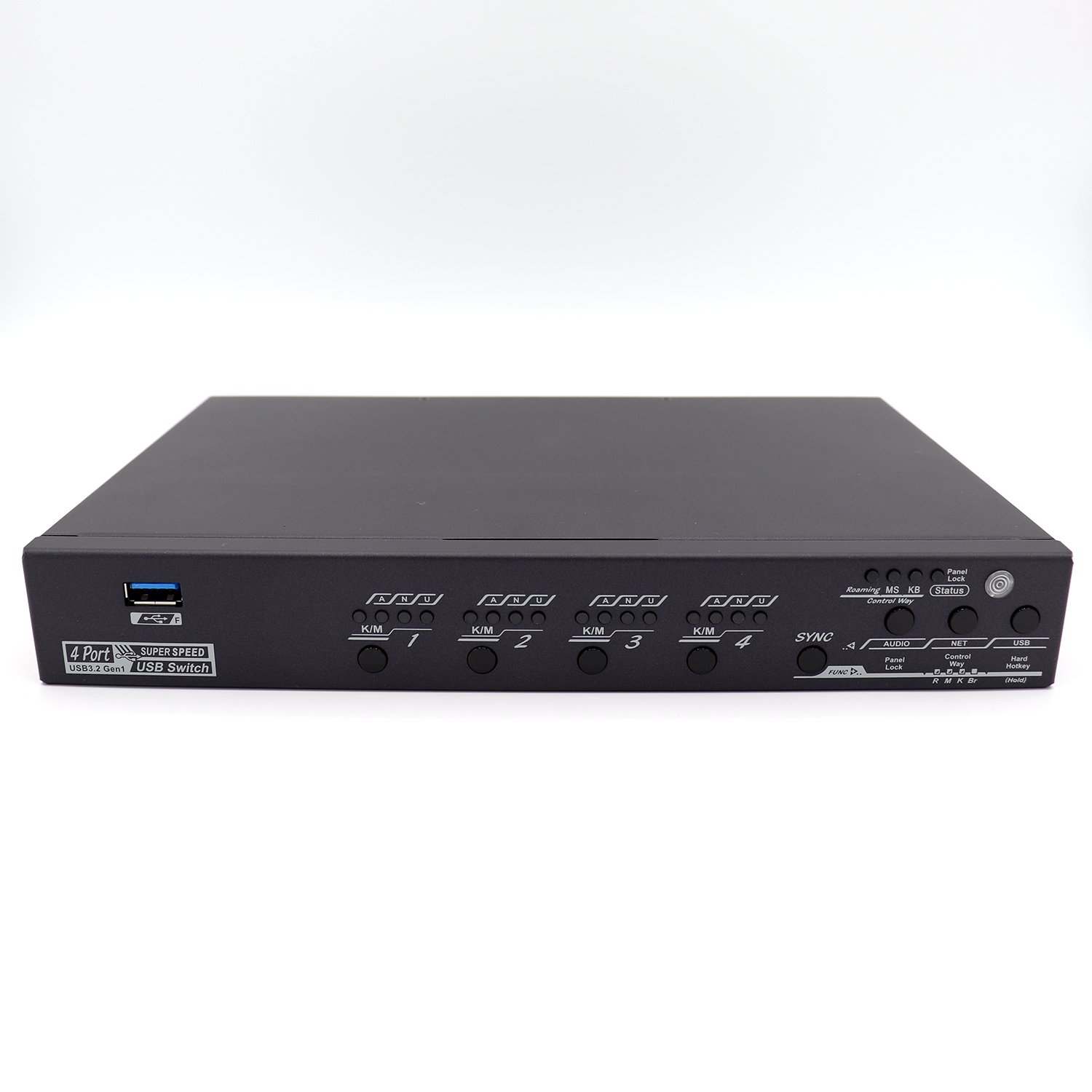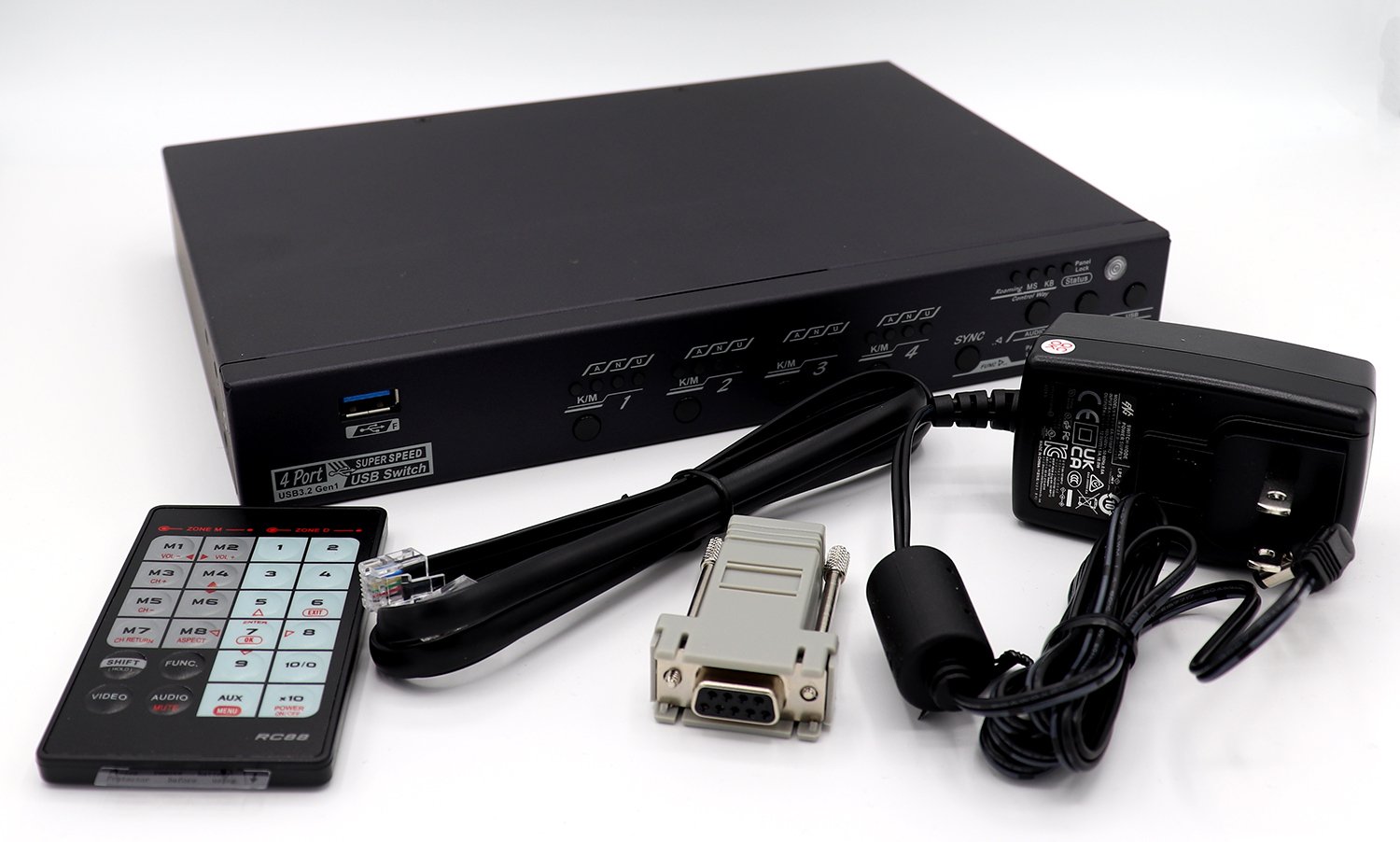For technical support or questions regarding KVMs and their accessories that are not answered in the product description below, please submit a support ticket.
KVM Rack Mount Kit not included
If you are interested in a 4-Computer Quad Monitor KVM Switch please contact Level 1 Techs technical support to discuss your needs. The email is support@level1techs.com. Please send serious inquiries only.
Why Our KVM Switches Don’t Include an Ethernet Port
We often get asked why our KVM (Keyboard, Video, Mouse) switches don’t come with an Ethernet port. It’s a great question — and the answer has everything to do with keeping your network stable and your devices protected.
Our KVM switches are designed to cleanly switch control of your keyboard, video, and mouse — but networking is a different story. If we were to add an Ethernet port and try to switch it between devices, we’d essentially be reinventing something that already exists: a network switch.
Network switches are made to manage multiple devices on a shared network reliably and simultaneously. They handle traffic differently and are designed for constant connectivity — not for quick, manual switching like a KVM. Combining these two roles could lead to unnecessary complexity and reliability issues.
In short, we believe in using the right tool for the job. That’s why we leave networking to the dedicated Ethernet switches — and focus on building rock-solid KVMs that do their job well.
Monitor Emulation
> This KVM does not support monitor emulation <
Monitor emulation makes sure the input has an exact copy of the display's EDID (Extended Display Identification Data) even when disconnected. Being that this KVM does not have monitor emulation, when switching between desktops, your monitor and KVM will re-handshake. AKA the windows will shuffle unless you have a software or hardware solution.
For your convenience, here are some compatible options that we know of with this KVM:
Windows
Windows 11 - Settings > System > Display > Multiple Displays (drop down) and check the option labelled "Remember windows locations based on monitor connection" and uncheck "Minimize windows when a monitor is disconnected"
Windows 10 - Persistent Windows https://github.com/kangyu-california/PersistentWindows
macOS
macOS Ventura (and newer) - System Settings > Desktop \& Dock > Mission Control and uncheck the box next to "Automatically rearrange Spaces based on most recent use"
macOS Monterey (and older) - System Preferences > Mission Control and uncheck the box next to "Automatically rearrange Spaces based on most recent use"
You can also use the terminal to change the setting.
To disable rearrangement:
defaults write com.apple.dock "mru-spaces" -bool "false" \&\& killall Dock"
credit: https://apple.stackexchange.com/questions/214348/how-to-prevent-mac-from-changing-the-order-of-desktops-spaces



